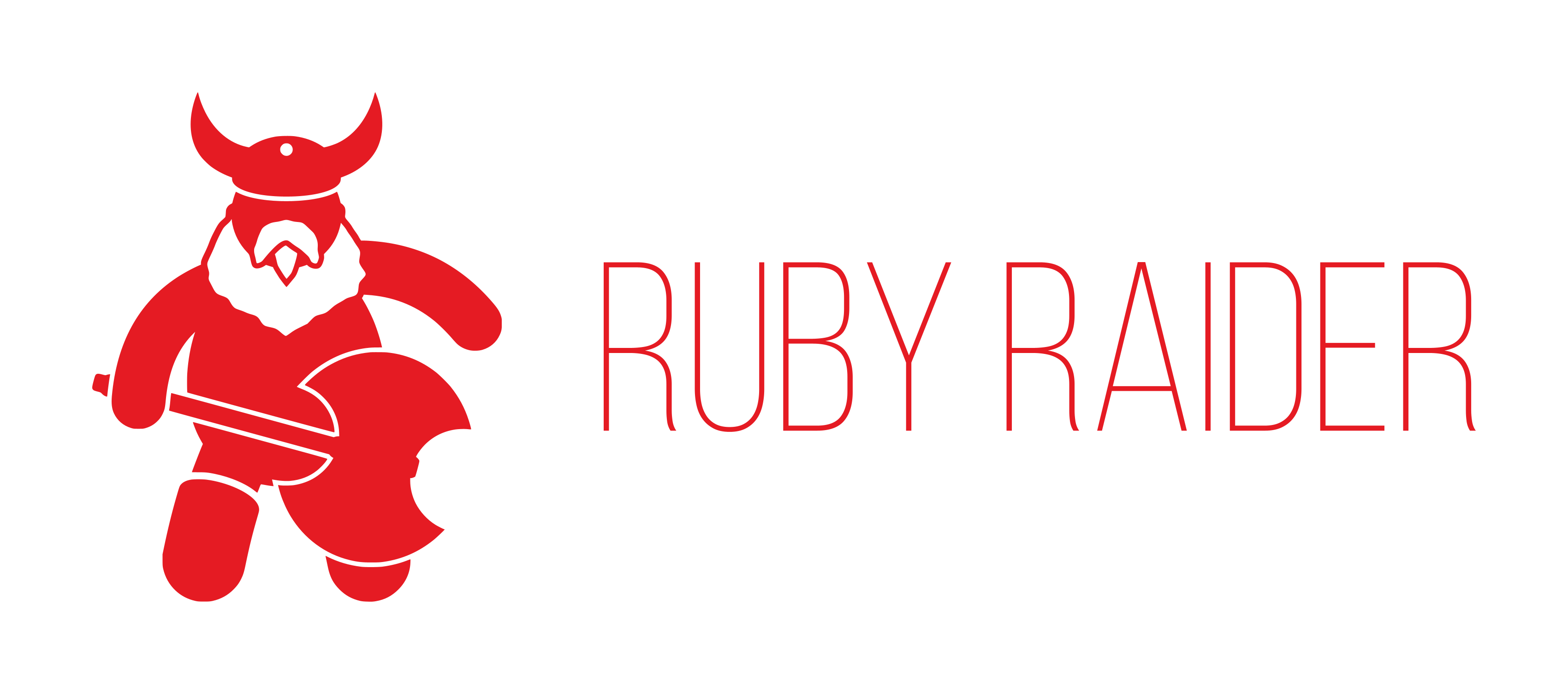Ruby Raider

Ruby Raider
This is a gem to make setup and start of UI automation projects easier.
Explore the docs »
Rubygems
·
Report Bug
·
Request Feature
For more information and updates on releases, see https://ruby-raider.com
What is Ruby Raider?
Ruby Raider is a generator and scaffolding gem to make UI test automation easier
At the moment Ruby Raider supports generating the following frameworks:
| Web Testing Framework | Visual Testing Framework | Mobile Testing Framework |
|---|---|---|
| Cucumber and Selenium | Cucumber, Applitools and Selenium | Cucumber and Appium for IOS |
| Rspec and Selenium | Rspec, Applitools and Selenium | Rspec and Appium for IOS |
| Cucumber and Watir | Cucumber and Appium for Android | |
| Rspec and Watir | Rspec and Appium for Android | |
| Cucumber and Appium Cross-platform | ||
| Rspec and Appium Cross-platform | ||
| Cucumber and Sparkling Watir for IOS | ||
| Rspec and Sparkling Watir for IOS |
In order to run the Appium tests, download the example app. Remember to use the full path of the app that you download in the capabilities file and start the server using one of the commands below:
raider u start_appium
appium --base-path /wd/hub
In order to run the visual tests with applitools, you need to create an account and get your api key, you can read more here .
To use the open ai integration you need to set up the OPENAI_ACCESS_TOKEN environment variable and you can also set the optional OPENAI_ORGANIZATION_ID if you have an organization
This works in all the platforms (Tested on Mac OS, Linux and Windows).
Getting started
To get the project up and running.
Just do:
gem install ruby_raider
Then do:
raider new [name_of_project]
Then a TUI/CLI will appear where the configuration of which frameworks you want to be generated/scaffolded can be selected.
Select the ones you will like to work with.
If you already know which frameworks you want to use, you can do:
raider new [name_of_project] -p framework:[framework] automation:[automation_type] visual:[boolean] axe:[boolean]
An example of the command above would be:
raider new test_project -p framework:rspec automation:selenium visual:false axe:true
Where [frameworks] is a comma separated list of the frameworks you want to use.
Ruby raider provides the following list of basic commands
Anything between square brackets([...]) is where your imput goes
Commands:
raider generate # Provides access to all the scaffolding commands
raider help [COMMAND] # Describe available commands or one specific command
raider new [PROJECT_NAME] # Creates a new framework based on settings picked
raider utility # Provides access to all the utility commands
raider version # It shows the version of Ruby Raider you are currently using
All the basic commands have their corresponding shortcut:
- g for generate
- n for new
- u for utility
- v for version
Scaffolding Commands
Ruby Raider also supports scaffolding:
- To create a new page object you do:
raider g page [PAGE_NAME] - To create a new spec you do:
raider g spec [SPEC_NAME] - To create a new feature you do:
raider g feature [FEATURE_NAME] - To create a new steps definition you do:
raider g steps [STEPS_NAME] - To create both a page/spec or a page/feature/steps you do:
raider g scaffold [SCAFFOLD_NAME]
It's possible to add the option --path or -p if you want to specify where to create your features, pages, helpers and specs.
If you want to set the default path for the creation of your features, helpers and specs:
raider u path [PATH_NAME] - -feature or -f
raider u path [PATH_NAME] - -spec or -s
raider u path [PATH_NAME] - -helper or -h
If you don't specify an option, path will assume you want to change the default path for pages.
Appium Server Command
To initialise Appium server run this command:
raider u start_appium
Sponsors
This project is tested with BrowserStack.